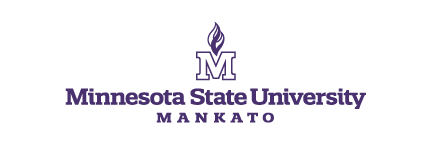Backward Design
Plan for Student Success by Starting with the Desired Outcome
Backward design is method of designing a course by setting goals for student learning and then choosing teaching materials, activities, and assessments that help students reach those goals.
Backward design is method of designing a course by setting goals for student learning and then choosing teaching materials, activities, and assessments that help students reach those goals. Many instructors begin planning a course by thinking about learning activities they want to use, books they want to read, or content they need to cover. Once they have a list of topics, they develop assessments. But backward design emphasizes starting with the course outcomes and focusing on them throughout the plan creates a better learning experience for the students and teacher alike.
Sound logical? Sure, but it's still somewhat controversial. "One criticism of this approach is that is appears to promote 'teaching to the test.' Yet despite the negative connotation that comes along with that phrase, arguable teaching to the test is exactly what the role of the instructor should be. This does not mean teaching the test itself, of course. But if a known final test or assessment is required, then backward design can be a useful way to prepare learners to perform well on the final assessment." (instructionaldesign.org)
How does it work?
Identify the desired results. What are the big ideas or skills they need to know? Why do they need to know that?
Determine acceptable evidence. How will you know that students have learned the big idea or skill? How will they be able to prove it to you?
Plan learning experiences and instruction. What incremental knowledge or skills do students need to get to the big idea or skill? What activities and materials will help them get there?
Key Questions to Ask While You Design Your Course
- What do your students need to know and/or do at the end of the course?
- Is this course a prerequisite for others? If so, what do students need from this course to be successful in the next one?
- What are your course learning objectives?
- Avoid statements that begin with understand, know, or similar unmeasurable verbs.
- How will you recognize learning in the course?
- Define standards for proficiency (minimum needed to pass). Use these standards to create rubrics, boilerplate feedback, assignment descriptions, or FAQs.
- What activities will allow students to prove proficiency of knowledge and/or skills?
- Consider assignments, papers, projects, discussions, or other things students can do that you can observe and evaluate.
- What information do students need to know to complete those activities?
- Note materials that you already have and materials that you need. Will you develop them yourself or locate them elsewhere?
- How will you sequence information to build toward the final assessment?
Plan the course schedule to scaffold information, building to the big idea or skill at the end.
For more information:
Grant Wiggins and Jay McTighe (2006). Understanding by Design. Pearson: Merrill Prentice Hall.
What is backward design? A book excerpt by Grant Wiggins and Jay McTighe
Understanding by Design Framework, a white paper for the ASCD by Grant Wiggins and Jay McTighe
Understanding by Design, a summary by Vanderbilt University Center for Teaching
For assistance with using backward design to plan your course and aligning your outcomes with activities, please schedule an appointment with Michael Manderfeld, Academic Technology Instructional Designer.

